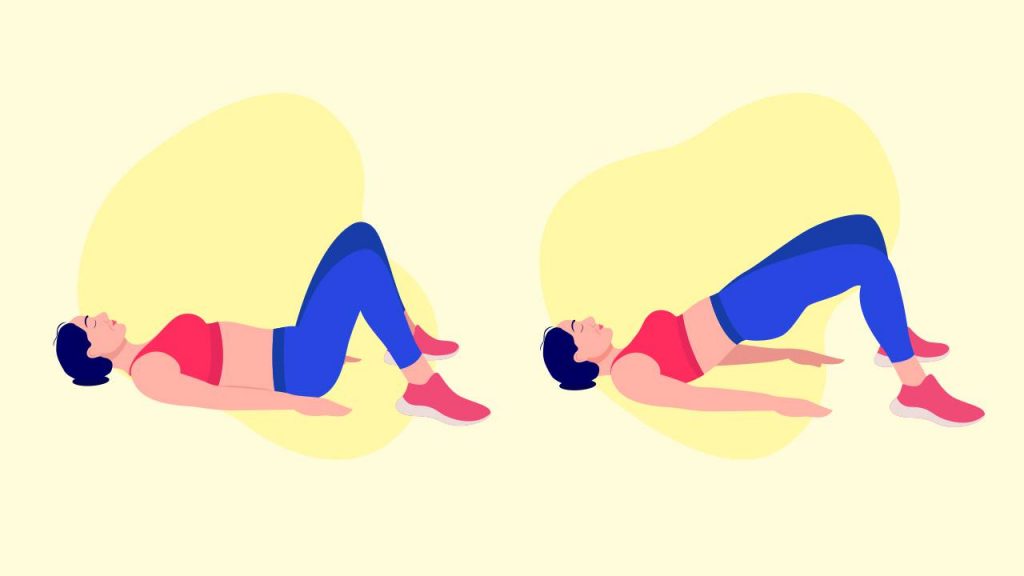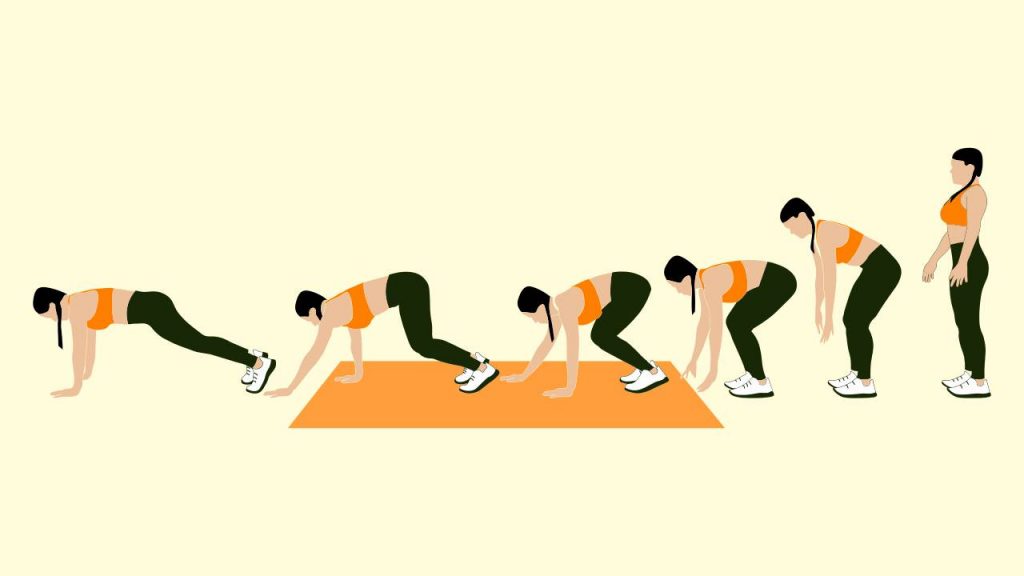
How to Build Muscles with Bodyweight Exercises

Hypertrophy, or muscle growth, refers to muscles growing larger and becoming stronger by improving in definition. Mostly, hypertrophy is achieved via strength training using external resistance, commonly known as weightlifting. However, if you do not have access to weightlifting equipment, hypertrophy can also be achieved by using bodyweight exercises.
Hypertrophy
Hypertrophy is the result of muscle cells exercising to the point of fatigue. Fatigue refers to the point when a muscle cannot perform another rep, which indicates that at least two things are happening to a muscle cell:
- It has used all of its available energy
- It has experienced some sort of damage as the result of the exercise
Understanding hypertrophy
Carbohydrates are stored in muscle cells as glycogen, which is used to fuel muscle contractions. When cells have used all the available glycogen, muscle fatigue happens. During the recovery process after a workout, muscle cells will replace the glycogen. In muscle cells, glycogen attaches to water molecules (when glycogen is converted to energy to fuel muscle contraction, it releases water, which causes sweat when you exercise); when glycogen is replaced in muscle cells, it brings water with it, which is one mechanism for muscle hypertrophy.
Exercise to the point of fatigue causes structural damage to muscle fibers. This damage initiates a repair process, where hormones and new cells are used to repair the damaged tissues, which is the second cause of muscle hypertrophy.
Bodyweight exercises can cause hypertrophy
As exercise to the point of fatigue depletes glycogen and causes tissue damage, scientists aren’t sure which is more responsible for hypertrophy. But they do know that any exercise performed to the point of fatigue could lead to muscle growth.
Following review of exercise physiology shows how bodyweight exercises can help you achieve hypertrophy. External resistance is used for strength training because it means that fatigue can be reached with fewer reps. When exercising, you can choose to:
- Achieve fatigue of the chest muscles by doing 6 reps of bench press with 100 kilos, or
- Reach muscular fatigue by performing 30 push-ups with your bodyweight
To reach fatigue with bodyweight exercises, set a timer for a time between 30 and 60 seconds, hit start and do as many reps as possible before the timer ends. If the timer finishes before you fatigue, add more time to the next set. If you hit fatigue before the timer ends, that’s a good thing — use that extra time for the much-needed rest. Keep the rest intervals between sets short, to 30 seconds or less, to ensure that your heart rate stays elevated to help burn unwanted calories.
Bodyweight workout for hypertrophy
Here is a bodyweight workout that could start you on your path to gaining muscle hypertrophy. Set a timer for 40 seconds and move from one exercise to the next with less than 15 seconds of rest. When you finish all five exercises, drink some water, rest for 30-45 seconds (until you are breathing normally), then do another 2-to-3 circuits.
Glute bridges

Lie on your back with your feet on the floor, your knees pointed up to the ceiling and your hands by your side. Press your heels into the floor and squeeze your glutes to lift your hips up. Do as many reps as possible in the time allotted.
Knee-tap planks

Hold the high plank position with your palms flat on the floor and your hands a little wider than shoulder width (squeeze your glutes and press your hands down to activate your core muscles). Push your hands down into the floor as you lift your hips up to the ceiling. Pick up your right hand to touch your left knee, place it back then lower your hips. Alternate by touching your left hand to your right knee. Do as many reps as possible in the time allotted.
Bodyweight squats

Stand with your feet hip-width apart, lift your chest and keep your spine long as you sink back into your hips to squat down. During the down phase of the squat, your hips should move first and your glutes should go back before your knees bend; raise your arms in front of your body as you lower yourself down to help maintain balance. To stand up, press your feet into the ground like you are trying to push the floor away from you as you allow your arms to lower back by your side. Do as many reps as possible in the time allotted.
Lateral lunges

Stand with your feet hip width apart. With your right foot, step directly to your right to start the lunge, placing your right foot down parallelly to your left foot. As your right foot hits the floor, push your right hip back and reach for your right foot with your left hand (reaching for your foot will help create hip flexion to activate your glutes). Push your right foot into the ground to start to return to the starting position (at the same time, press your left foot down to pull yourself up using your left inner thighs). Step directly to your left and when the left foot hits the ground, use your right hand to reach for your left foot as you sink into your left hip. Alternate sides, and do as many reps as possible in the time allotted.
Inchworm walkouts

Stand with your feet hip-width apart and keep your knees slightly bent. Bend over by hinging from the hips and place your hands on the ground, when your hands are on the ground, walk them forward so that you finish in the high plank position. Hold the high plank for one second, then walk your hands back, so that you return to the starting position. Do as many reps as possible in the time allotted.
Also read: How to Select the Right Protein for Muscle Building
A workout that will work for you
All you need for hypertrophy is a timer and some space to move. The size and appearance of muscles can be changed by exercising to the point of fatigue so switch exercises once you hit fatigue in one. While using weights will ensure that you reach fatigue in fewer reps, using just your body to exercise will require more reps. The latter will however burn more calories, which will ultimately improve muscle definition.













